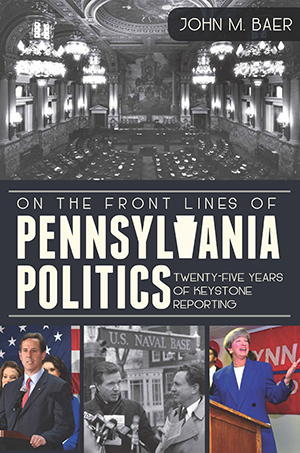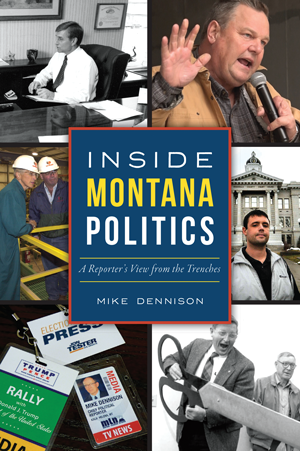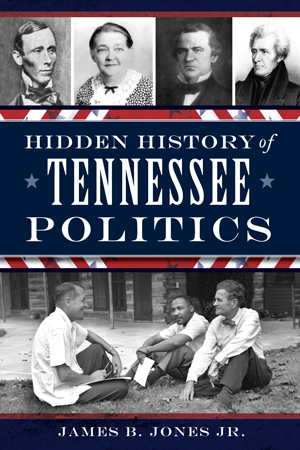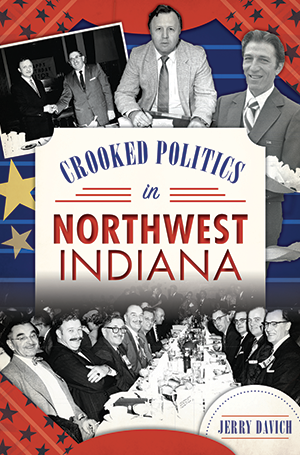
A brief history of one of the most confusing events in the presidential election
All politics is local, as they say, and nowhere is that truer than Iowa. Before any candidate can hope to win the highest office in the land, first they must make it past Iowa. As the kick-off to any presidential primary season, the Iowa Caucus commands national attention for both its place and its curious history and customs.
Why Iowa?
Iowa is known for “retail politics,” a process in which candidates engage with voters face to face and person to person. Unlike most states, Iowa features intimate gatherings, direct interactions, and awkward moments as the candidates meet with voters, take questions, and introduce themselves to the citizens who will determine their fate.
Over the course of many months, the campaigns directly engage voters, and many voters test the waters by taking the opportunity to see multiple candidates multiple times. It may surprise many non-Iowans to learn that more than 1,600 precinct caucuses take place across the state for each party on caucus night. With more than 3,000 party meetings taking place in a state with approximately three million people, the first thing to know is that the process is intensely local.
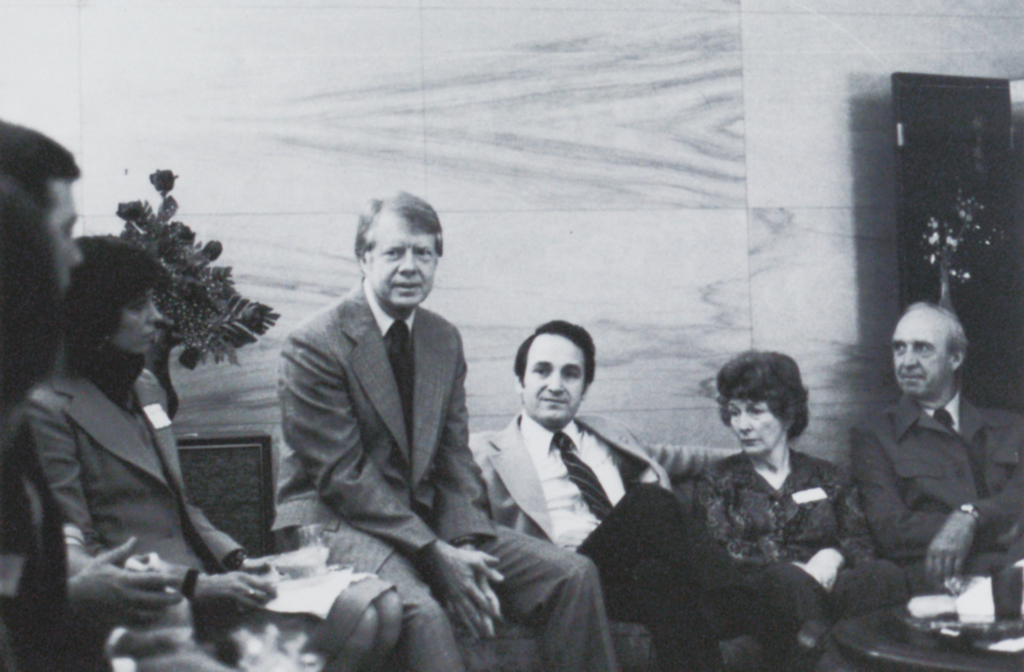
Jimmy Carter’s 1976 campaign for the presidency was a turning point for Iowa. Though Iowa had been first in the nation in 1972, Carter invested significant time in small-group campaigning, believing that a come-from-behind win in Iowa could provide the momentum to elevate his viability nationally. He beat all other candidates, and his tactics have become the model for all subsequent campaigns.

Intro to Caucusing
Some caucuses have hundreds of attendees, while others will have a handful of people joining together in someone’s living room, a public library, or the local elementary school. At each one of those caucuses, community members will stand up to speak on behalf of each campaign, which elevates the citizen activist to a particularly important role in Iowa. Every campaign seeks to find more than 1,600 dedicated volunteers to articulate the candidate’s message and serve as an effective advocate.
To be a viable contender in the Iowa caucuses, a candidate must connect directly with average voters in the hopes of attracting a strong grassroots base of supporters who can propel the campaign to victory on caucus night. Doing so requires a substantial commitment of time shaking hands and answering questions, seeking any opportunity to speak directly to voters.
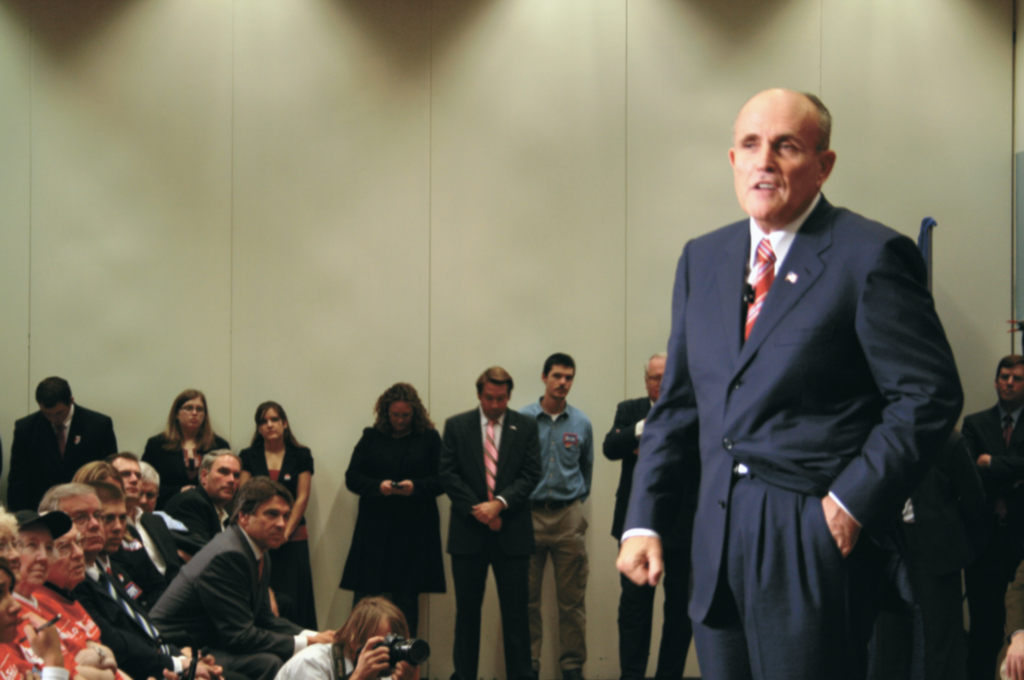
Some have characterized this process as being peculiar and parochial (at best) or undemocratic (at worst). Some argue that the state’s agricultural interests and predominantly white population make it a poor choice to perform such an important function, as it does not accurately reflect the makeup of the country.
And some say that the rules and procedures that govern the caucuses, particularly for the Democratic Party, are outdated, arcane, or confusing. Nonetheless, and despite continual calls to change the process, Iowa continues to maintain its first-in-the-nation status. One justification for allowing Iowa to lead the party-nomination process is that retail politics permits all candidates to compete on a level playing field. The Iowa caucuses are not about name recognition and campaign spending. Here, candidates succeed by meeting real people, listening to real concerns, and answering real questions.
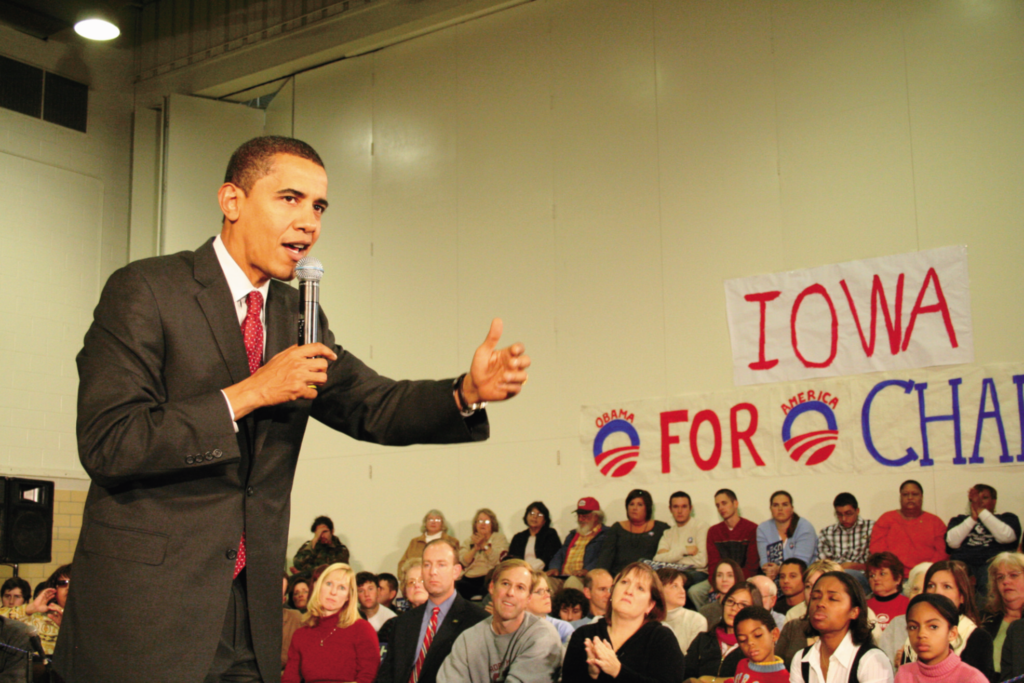
Real people, real politics
To introduce themselves to Iowa voters and community leaders, candidates frequently visit local businesses for closed events with managers and employees. Bill Clinton, former governor of Arkansas, meets a voter at a feed store. With Iowa senator Tom Harkin in the race in 1992, Clinton did not mount a significant campaign, but he returned prior to his 1996 reelection effort.
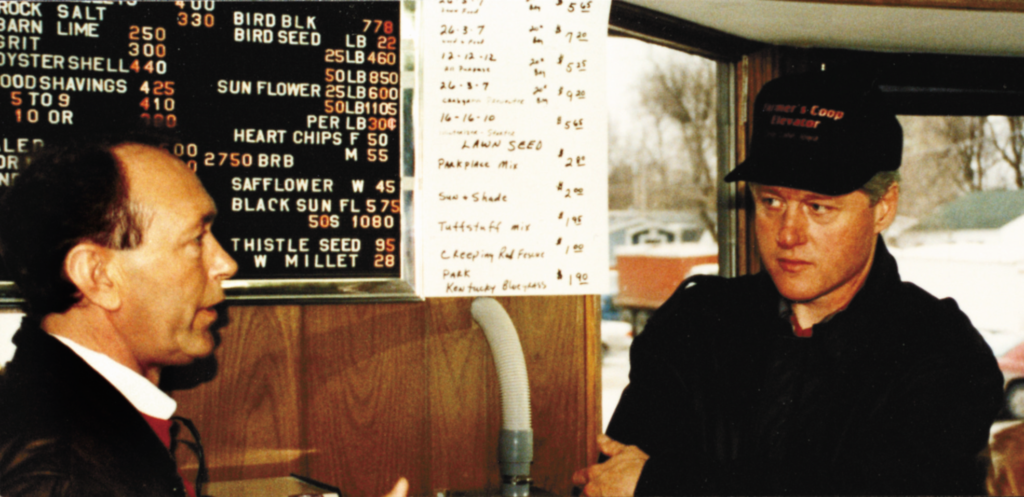
Local restaurants often host presidential candidates who stop by to shake hands and introduce themselves to voters. Diners are so frequently interrupted by journalists during the Iowa Caucus and leading up to it that one company printed special T-shirts for visiting journalists in 2015, one of which reads, “Sorry to interrupt your meal, but are you alive and have an opinion on the upcoming election?”
Mitt Romney, pictured here at a West Des Moines restaurant with his wife, Ann, was bested twice in the Iowa caucus (by Mike Huckabee in 2008 and by Rick Santorum in 2012) but became the Republican nominee in 2012.
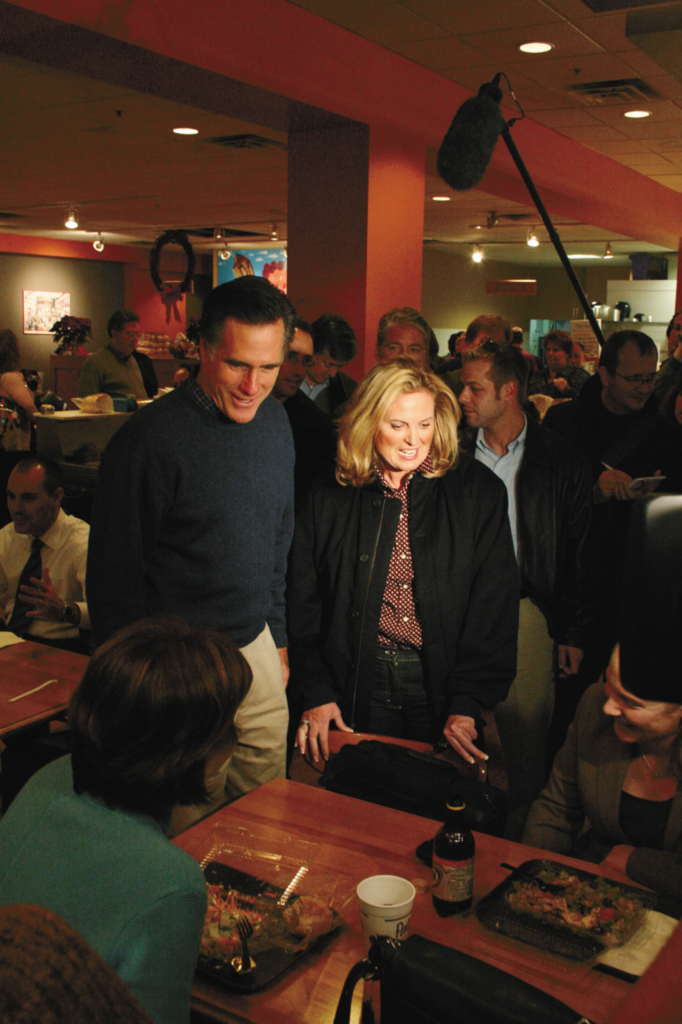
Rituals of the Iowa Caucus
Like any state, Iowa has its fair share of eccentricities. The rituals of the Iowa caucuses serve as a means to connect candidates and voters in unique ways Since 1972, candidates have learned the habits of Iowa voters: coffee bean polls at the Hamburg Inn No. 2, sundaes at the Ice Cream Palace in LeMars, and pork chops on a stick. For those who would be president, Iowa offers a host of culinary treats alongside hands to shake.
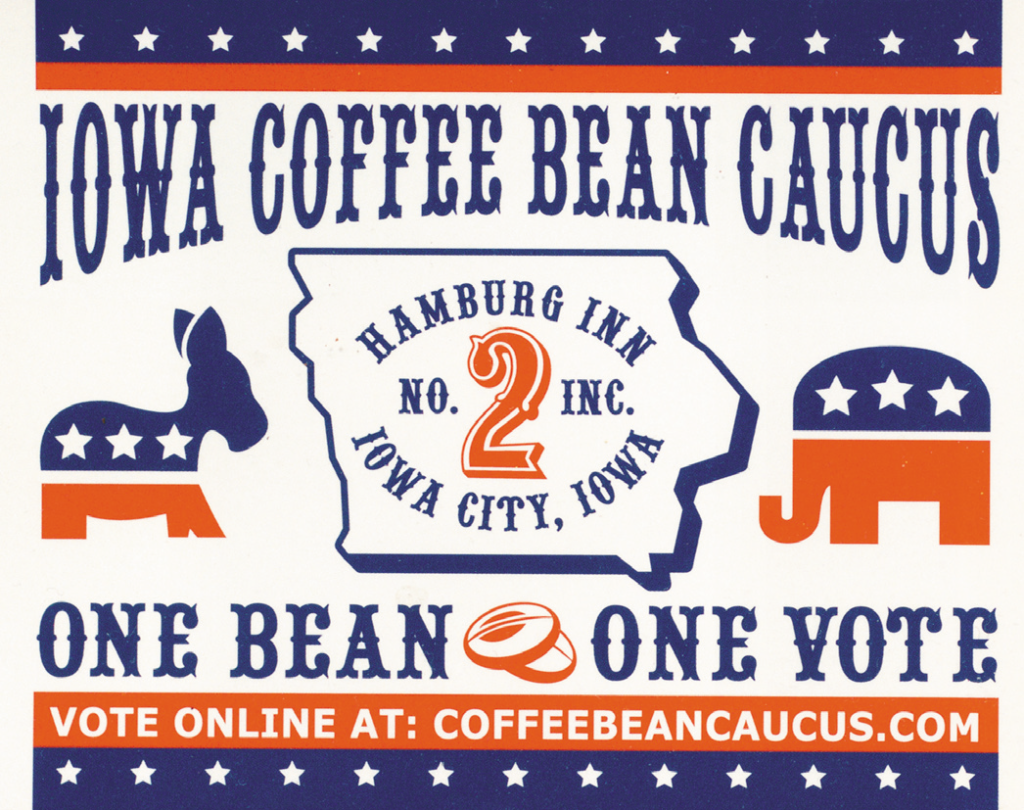
Among the traditions of Iowa is the 99-county tour, a venture following in the footsteps of
longtime Iowa Republican senator Chuck Grassley’s annual trek. Rick Santorum, winner of the 2012 caucuses, was the first to complete the tour in 2015, reflecting on the exercise by saying, “You get a chance to sit around and talk to real people.” He continued, “You meet people, and you connect with folks like we have here in Lyon County, and then you recruit other folks to be your caucus chairs, to recruit other folks to speak for you in the caucuses.”
From 1979 until 2011, the Republican Party of Iowa held the Iowa Straw Poll in Ames. But the tradition of straw polls at community events around the state has had a long history, as seen in this 1962 photograph. Straw polls, or informal preference votes, were often sponsored by local newspapers.
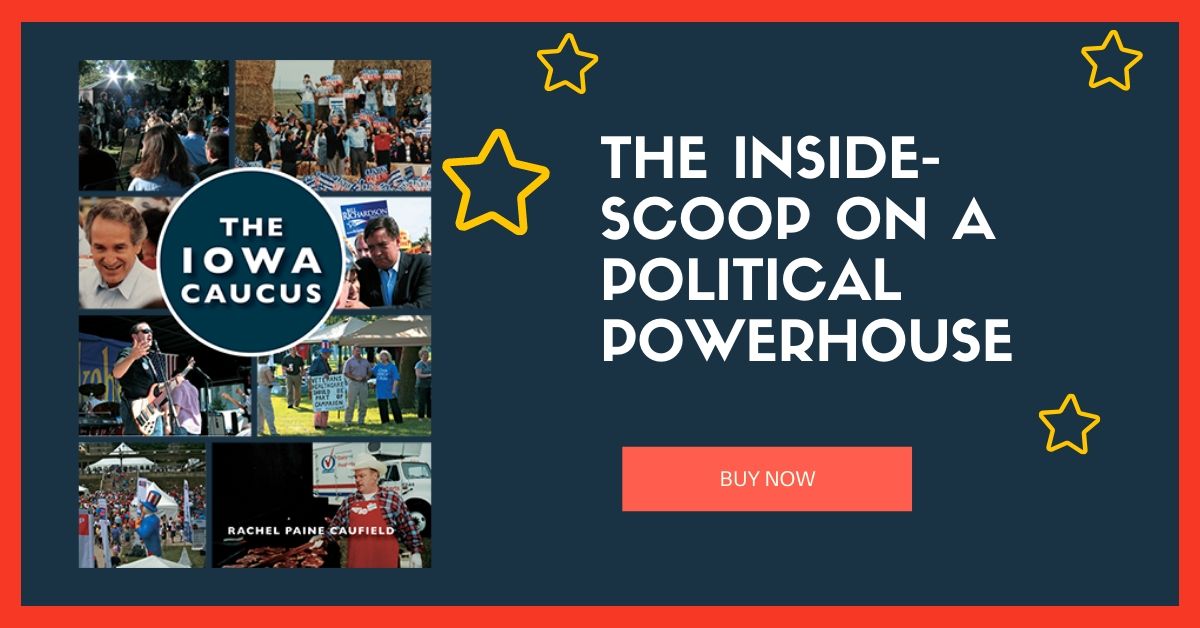
Looking for more political stories? Check out the mysterious, politically-driven murder of Jay Givens and the mayor who punched the reporter.
For even more political history, we recommend these books:


